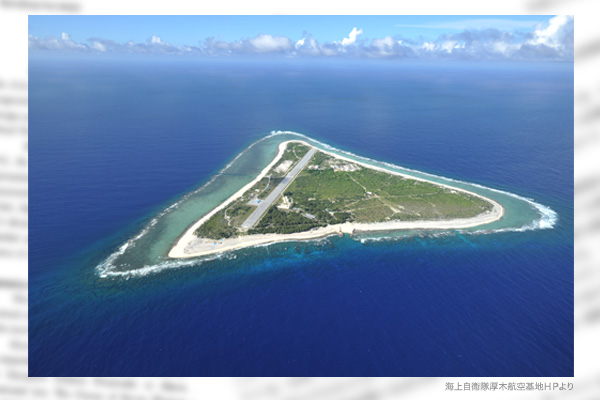Japanese Prime Minister Sanae Takaichi and U.S. President Donald Trump at their meeting on October 28 agreed to create a framework for stable procurement of critical minerals and rare earths. Through ministerial discussions, Japan and the United States will select specific rare earth mining, smelting, and processing projects for joint investment. Among such projects, Takaichi gives priority to the development of rare earth resources that lie on the seabed around the easternmost Japanese island of Minami-Torishima. It is urgent for Japan to create rare earth supply chains that do not depend on China.
Japanese government was hesitant about development
After the meeting, Takaichi told reporters that the proposal for cooperation on rare earth procurement had been a strong personal wish. “We were able to confirm the cooperative relationship for Japan-U.S. joint development.”
Takaichi has long emphasized the rare earth cooperation, raising the issue during a study session with working-level officials held soon after taking office, in preparation for her meeting with Trump. In her book “Kokuryoku Kenkyu (Research on National Power)” published before the ruling Liberal Democratic Party’s leadership election in September 2024, she says, “I aim to build a rare earth production system with Minami-Torishima as a base.” If the project is successful, “a stable domestic rare earth supply system will be realized, contributing greatly to Japan’s resource security,” she adds, underscoring the significance of the project.
Regarding rare earths around Minami-Torishima, Yoshiko Sakurai, president of the Japan Institute for National Fundamentals, in her Speaking Out essay on July 17, 2012, said, “The rare earth content of the mud [around Minami-Torishima] ranges from 1,000 to 1,500 ppm (parts per million), indicating the rare earth mud has several times better quality than China’s mud whose rare earth content is limited to 400 ppm.”
“The rare earth deposits are of strategic importance. The government must fully support the Kato team,” she added, referring to a group led by Yasuhiro Kato, a professor at the University of Tokyo School of Engineering, who discovered the rare earth mud. Sakurai thus called for government support for the development of the rare earth resources. As criticized by her then, however, the government remained hesitant.
China dispatched an aircraft carrier
China seems to have recognized the importance of the rare earth resources around Minami-Torishima. In June this year, the Chinese military dispatched the aircraft carrier Liaoning to waters around the island, carrying out operations beyond the second island chain, widely regarded as China’s defense line stretching from the Bonin Islands to Guam and beyond.
At that time, members of the Japanese Cabinet Office’s Cross-ministerial Strategic Innovation Promotion Program were on board the wide-area seabed research vessel Kaimei in waters off Minami-Torishima in preparation for rare earth drilling. The Chinese military move seems to have been aimed at checking Japan’s efforts to obtain the rare earth resources there.
Japan-U.S. cooperation in the development of rare earths around Minami-Torishima is important for countering China. Test drilling for rare earths around Minami-Torishima will begin in January next year. Takaichi’s leadership is expected to ensure steady progress on the rare earth development project.
Takashi Arimoto is a Planning Committee member at the Japan Institute for National Fundamentals and a columnist at the Sankei Shimbun newspaper.


